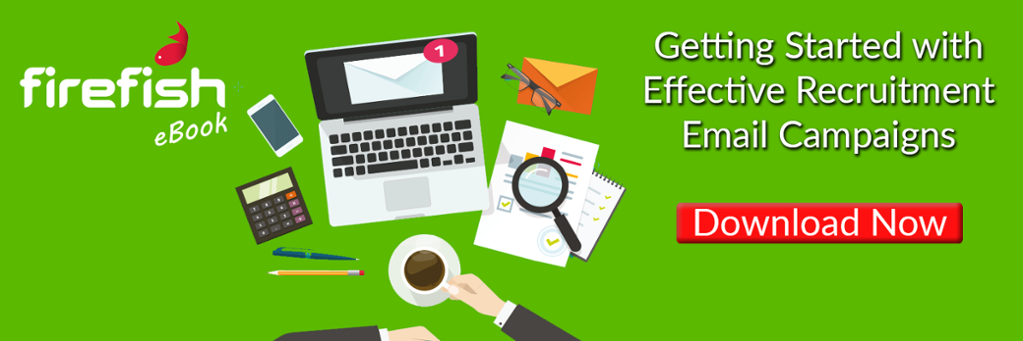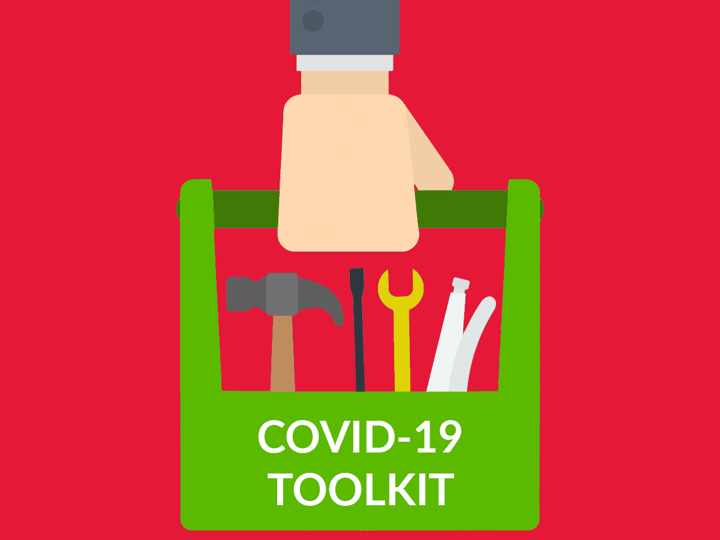Email newsletters are one of the most common marketing methods used by businesses, but unfortunately they’re also the hardest to get right! Nail your newsletter strategy and you’ll see your database grow, your candidate and client engagement levels go up and secure repeat business for your agency. But what’s the secret to creating newsletters people actually want to read?
Whether you’re totally new to the email newsletter scene or have been sending them for years, here’s five steps to bear in mind when ironing out your recruitment email newsletter strategy.
Step 1: Define your goals
 It’s the golden rule to follow when sending out any marketing or business development email: always have a goal in mind before you sit down to write it!
It’s the golden rule to follow when sending out any marketing or business development email: always have a goal in mind before you sit down to write it!
What do you want to achieve from sending your newsletter out? Do you want to reconnect with clients you haven’t worked with in a while in the hope of generating new business? Or are you keeping candidates engaged and up to date on roles you’re hiring for to keep your recruitment brand front of mind?
You won’t know how to craft an effective email newsletter if you don’t know the effect you’re trying to create with it! Each of your newsletters should be created specifically to connect with your specific target audience, meaning tone, style and content all require careful consideration.
Step 2: Make them actually want to open it!
I’m sure most of us reading this will be receiving email newsletters every day, and if we’re honest the majority of these will end up being deleted without being opened.
Which is why underestimating the power of a good subject line is one of the easiest mistakes to make with email marketing! Research has shown that nearly half of your email recipients will choose whether to read or delete your newsletter based on the subject line alone.
So be creative with it! ‘July newsletter’ isn’t exactly going to have them jumping in their seats, is it? Tease your readers with something about the content and entice them to open. But try to keep your subject lines short – 3-4 words is the optimum.
Step 3: Create valuable content
Subject lines aside, good newsletter open rates are driven by providing reliably valuable content – and that means striking a balance between being informative ( around 80%) and promotional of your brand (20% maximum!) in the emails you send.
Ultimately, you want readers to look forward to your newsletters as an easily digestible source of information they may have missed and announcements they want to feel part of. This will demonstrate that you’ve got your finger on the pulse and increase engagement as a result.
Step 4: Focus your call to action
 If you have a primary motive in sending out a newsletter that involves getting readers to engage with a particular call-to-action, be careful not to include too many options of what to do next. Otherwise, you’ll just overwhelm them and they’ll never make it to that next step.
If you have a primary motive in sending out a newsletter that involves getting readers to engage with a particular call-to-action, be careful not to include too many options of what to do next. Otherwise, you’ll just overwhelm them and they’ll never make it to that next step.
What’s the one thing that you want your readers to do? Whether it’s asking them to sign up to a networking event or just reminding them to update their candidate portal post GDPR so they remain engaged on your database, focus on one action per newsletter.
Note: Calls-to-action are not to be confused with regular links. You can include various links to articles or options for the reader to navigate to should they want to, but a CTA involves asking the reader to do something in a link or button e.g. ‘Click the link to apply!’.
Step 5: Brand it and make it beautiful
No matter what your newsletter goal is or who you’re sending it to, make sure it looks good, sounds good and lets your brand shine through. This is an opportunity to have an honest conversation with your subscribers and show off who you are as a business. People see newsletters as a sneaky peek inside the company - don’t waste it with rigid corporate speak!
Include your logo, branded images, and even some photos of your team. There are lots of free design tools there to help you create fantastic, professional looking images – you just need to give them a try!
Make your newsletter a thing of beauty too; avoid large chunks of text and make your formatting consistent so your reader’s eyes flow down the page comfortably. Keep the text of your newsletter as short as possible and link to other pages (your jobs pages, for example) if you want to elaborate.
Step 6: Use data to inform your sending habits
And finally, there’s no point in spending time creating the best newsletter the recruitment world has ever seen if you’re sending it to the wrong people - it’ll only result in a low open rate and a whole host of unsubscribes!
Once you’ve decided what you want to say and who you want to say it to, use your database to select recipients based on groups (e.g. clients that you haven’t worked with in more than 6 months), location (e.g. clients across Scotland), and expertise (e.g. clients working in accountancy and finance) to ensure the right people are receiving it.
And if you’re worried about the fact this means a smaller audience than you were hoping for, remember the more segmented and relevant your audience is, the better your stats will be.
We've put together a whole eBook on getting the best results on your recruitment email campaigns. Click to download your copy below!
Heidi Gardner
Heidi is PhD student at the University of Aberdeen. Her research focuses on the issues surrounding the recruitment of patients into clinical trials.




